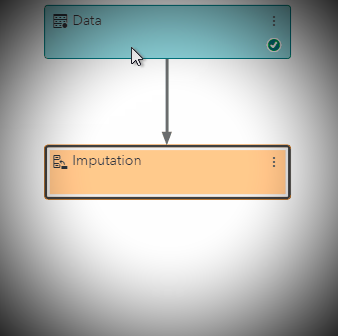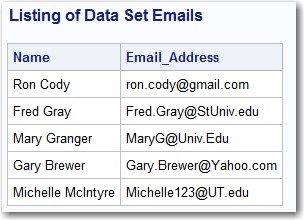
This blog post demonstrates process and SAS coding techniques to shift dates by a given number of workdays accounting for weekends and holidays.

This blog post demonstrates process and SAS coding techniques to shift dates by a given number of workdays accounting for weekends and holidays.

When I attend a conference, one of the first things I do is look at the agenda. This gives me a good overview of how my time will be spent. The next thing I do is find the detailed breakdown of sessions, so I can start building out my own

One great thing about being a SAS programmer is that you never run out of new things to learn. SAS often gives us a variety of methods to produce the same result. One good example of this is the DATA step and PROC SQL, both of which manipulate data. The

This blog is part of a series on SAS Visual Data Mining and Machine Learning (VDMML). If you're new to SAS VDMML and you want a brief overview of the features available, check out my last blog post! This blog will discuss types of missing data and how to use imputation

Some business models will segment the worth of their customers into categories that will often give different levels of service to the more “higher worth” customers. The metric most often used for that is called Customer Lifetime Value (CLV). CLV is simply a balance sheet look at the total cost spent versus the total revenue earned over a customer’s projected tenure or “life.”

Are you ready to get a jump start on the new year? If you’ve been wanting to brush up your SAS skills or learn something new, there’s no time like a new decade to start! SAS Press is releasing several new books in the upcoming months to help you stay

2020 is here and systems that use 2-digit years in date values are getting confused. Do we mean 1920 or 2020? In SAS, the YEARCUTOFF= option lets you decide.

Did I trick you into seeing what this blog is about with its mysterious title? I am going to talk about how to use the FIND function to search text values. The FIND function searches for substrings in character values. For example, you might want to extract all email addresses

This article discusses how to use SAS to filter variables in a dataset based on the percentage of missing values or duplicate values. The missing value statistics can be implemented by either DATA step programming on your own or reusing the existing powerful PROC FREQ.

The next time you pick up a book, you might want to pause and think about the work that has gone into producing it – and not just from the authors.